When you plug a Capacitor into a DC circuit, it acts like a wide-open road at first. Current races through as if it's just a wire. Why? The plates start with zero voltage, and it takes a bit for the electric field to spark up. This zippy start is key to grasping how Capacitors stash energy and juggle signals in DC setups.
Once hooked up, the Capacitor gobbles up charge in a DC circuit. Current zooms in, and voltage across the plates creeps up slowly. The current shrinks as time ticks on. This flow follows the equation I(t) = (V/R) * e^(-t/RC), where V is the supply voltage, R is the resistance, and C is the capacitance. It's how energy gets tucked into the dielectric medium between plates, neat and cozy.
A Capacitor doesn't fill up in a flash. Electrons pile onto one plate and nudge others off the opposite side, building an electric field. That takes time. The wait depends on resistance and capacitance. As the charge stacks up, it gets harder for more to squeeze in due to electric pushback. Frequent and rapid charging and discharging can cause the Capacitor to be damaged due to overheating, excessive pressure, or collapse. Picking sturdy parts and planning smart is crucial for setups with lots of charge-discharge loops.
The charging curve of a Capacitor in a DC circuit is a smooth, swoopy climb. It kicks off fast with no charge fighting back. Then it eases up as the voltage nears the power source's level. This tracks the equation Vc(t) = V(1 - e^(-t/RC)), showing the charge inches up but never hits full in a snap. It's a chill, gradual vibe.
The time constant, τ = RC, shows how quickly a Capacitor charges or empties in a DC circuit. It's the time to hit about 63% of its final voltage when charging or drop to 37% when discharging. Engineers use this to nail timing in circuits like filters or timers. It's a sweet trick for setting the pace.
Resistance tweaks how fast a Capacitor fills up. Big resistance slows the flow, making charging pokey. Low resistance speeds things up, but can stress parts with high starting currents. Designers balance this to keep things zippy yet safe for the job.

Capacitors are superstars at holding energy in power supply setups. They dish out quick jolts of power or smooth out shaky inputs. They're like mini batteries without the chemical wear, keeping power delivery steady and trusty.
In DC-powered gadgets, Capacitors keep voltages calm by zapping noise or ripple from rectified AC inputs. This keeps sensitive bits like microcontrollers or analog sensors running smoothly, making devices work like a dream.
Capacitors rock at timing tasks, like delays or pulse shaping in control circuits. Pick the right RC values, and you get predictable delays without fancy code or clunky timers. It's a simple, snappy fix.
SMILER builds top-tier film capacitors for modern industrial and green energy gigs. Our state-of-the-art automated facilities ensure efficiency, precision, and consistency, optimizing production workflows and upholding stringent quality control standards. We keep the qualified rate of finished products above 99.93% with a daily production capacity of 300,000 products. This delivers rock-solid parts for tough jobs.
Our DC Link MKP-LL capacitors are crafted for high-performance DC circuits: Low ESR, high ripple current handling capabilities; Low Ls; Self-healing property; Long lifetime. These make them killer swaps for electrolytic capacitors where toughness and heat resistance shine. Medium: metallized polypropylene film; Shell: aluminum shell package with plastic bracket; Internal potting: resin filling (UL94 V-0). These boost cooling and grit.
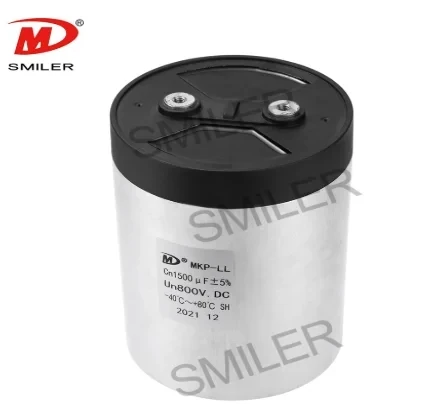
Used in DC-Link circuits, our capacitors pop up in inverters of wind power and solar power; Transportation: EV or HEV; Welders; Elevators; Motor Driver systems. They handle shifting loads like champs, making them key for modern energy setups.
Picking the right capacitance hinges on your project's voltage, timing needs (RC), ripple handling, and size limits. Bigger capacitance holds more juice but charges slower, great for smoothing or buffering. Smaller ones zip through fast-switching tasks.
When adding film capacitors to PCBs, especially for high-voltage jobs, think about clearance gaps, heat paths, mounting brackets, and resin potting fit with nearby parts. Reference Standard GB/T 17702 (IEC 61071) guides safety margins for operating temperatures from -40˚C ~ 85˚C, depending on diameter specs.
Don't push past rated voltages or flip polarity unless the Capacitor's built for it. For rated voltages of 150 Vdc or higher, supply power from 110 to 125 Vac through a series current limiting resistor of 5 Ω ±10%. Plan for heat management, as overheating can zap capacitors early, even if they look okay at first.
Q: What happens when you connect a Capacitor directly across a DC source?
A: It acts like a wide-open path at first, letting max current race through until it charges toward the source voltage in a swoopy climb.
Q: Why doesn't my Capacitor reach full charge instantly?
A: Charging builds an electric field that pushes back more charge, slowing things based on the RC time constant.
Q: How do I calculate how fast my Capacitor will charge?
A: Use τ = RC, with R as resistance (ohms) and C as capacitance (farads). After one τ, it's about 63% charged.
Q: Can I use any type of Capacitor with repeated fast switching?
A: Nope. Frequent and rapid charging and discharging can cause damage; pick film capacitors with Self-healing properties for pulse cycles.
Q: What's better for smoothing DC output—electrolytic or film capacitors?
A: Film capacitors, like SMILER's, last longer and handle heat better than electrolytics, especially in high-frequency ripple setups.
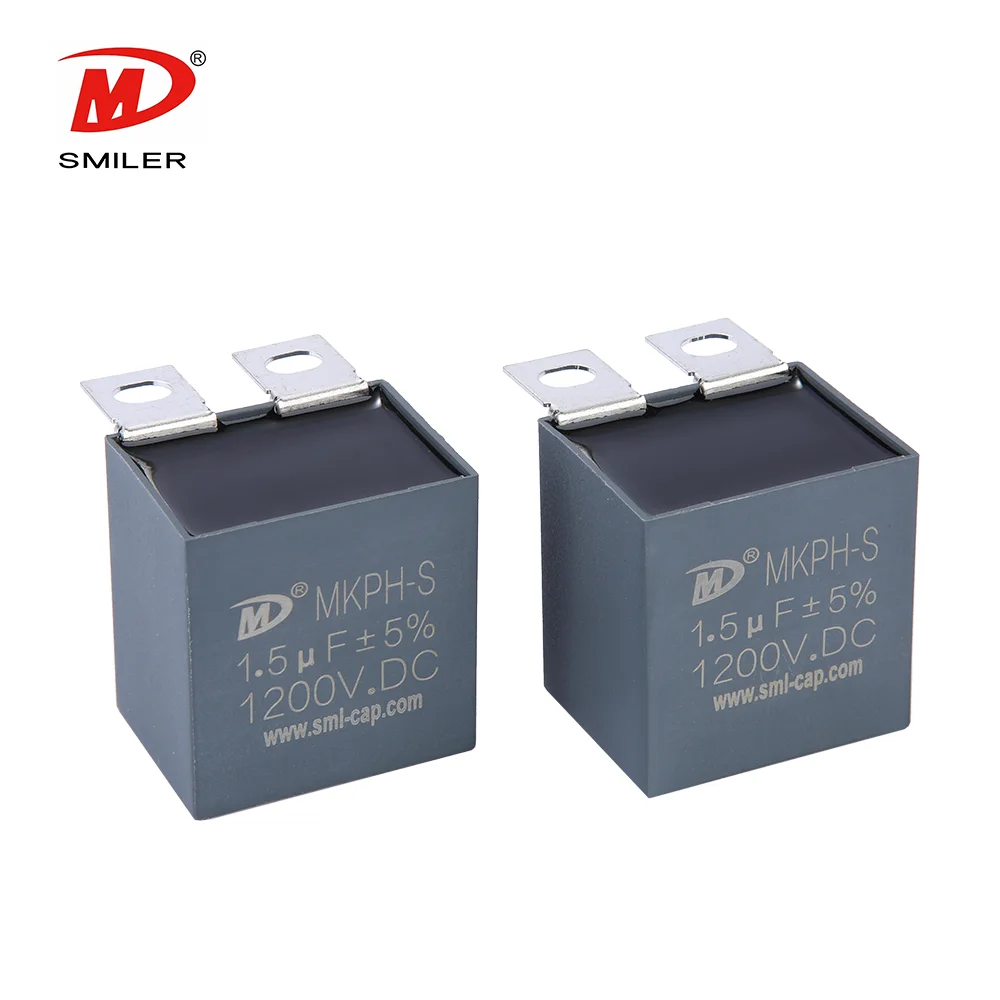
Understanding Snubber Capacitor: RC vs. RCD Snubber Differences
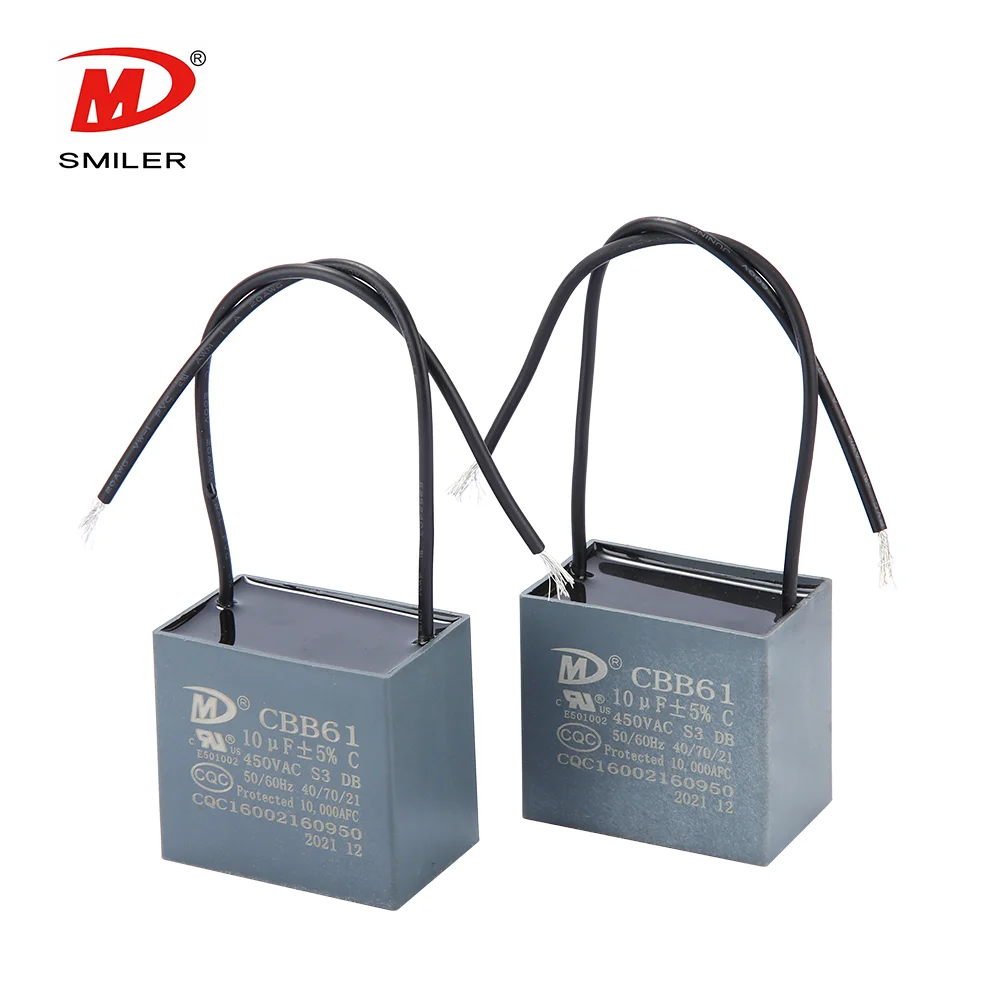
What Does a CBB61 Fan Capacitor Do? Exploring the Role of CBB61 Fan Capacitors
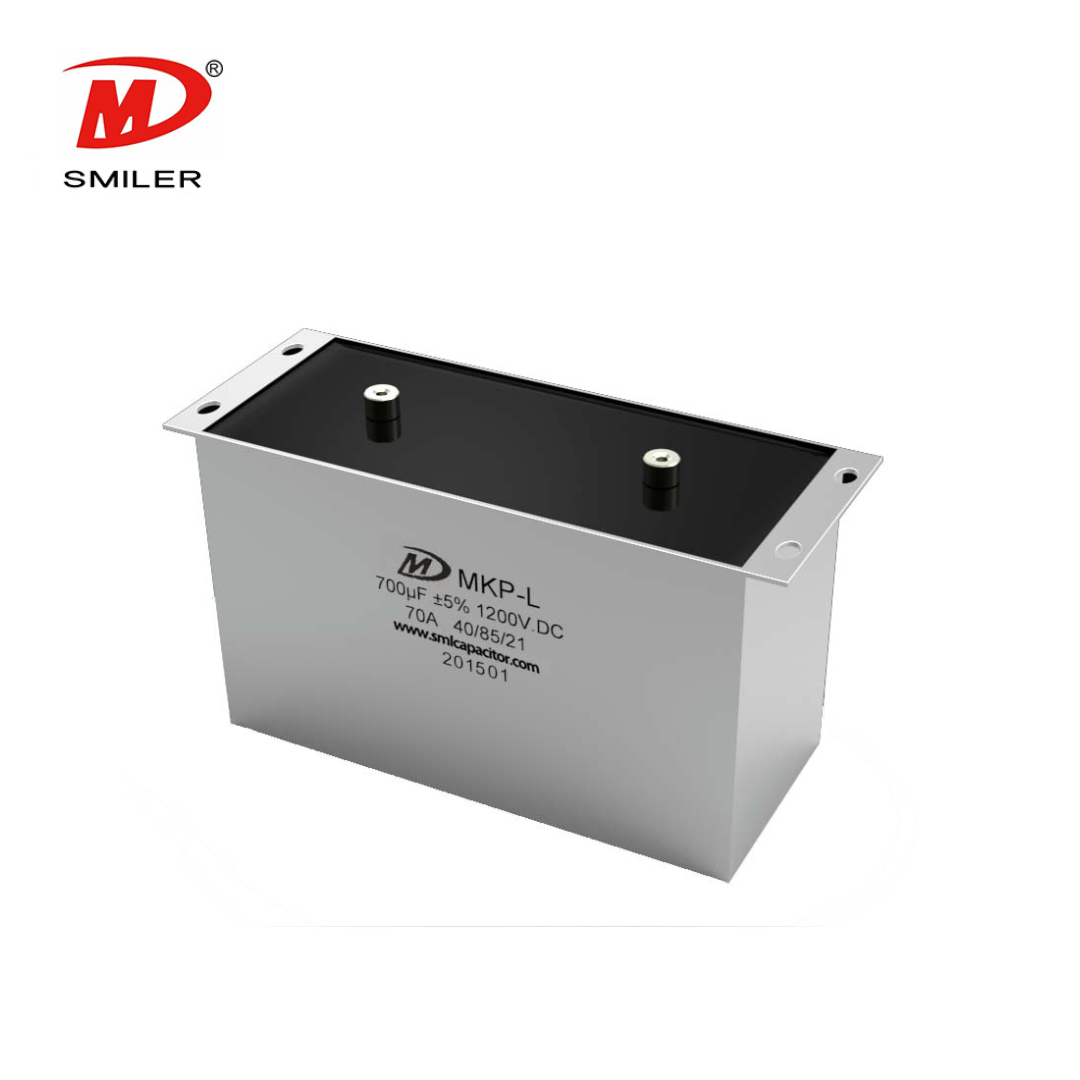
Exploring the Role of DC Link Capacitor Use in EV Power Systems
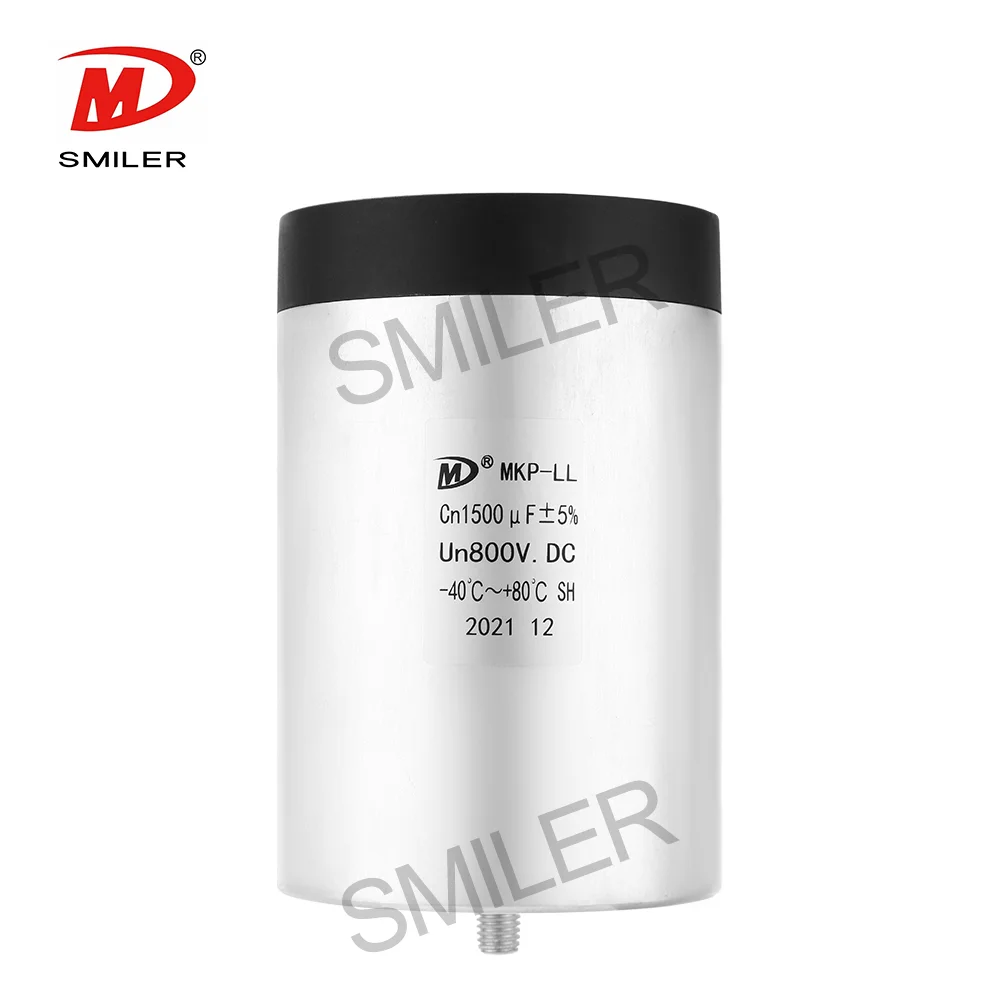
Understanding Why Capacitors Pass AC but Block DC in Circuits

RC vs. RCD Snubber: Key Differences and Applications Explained